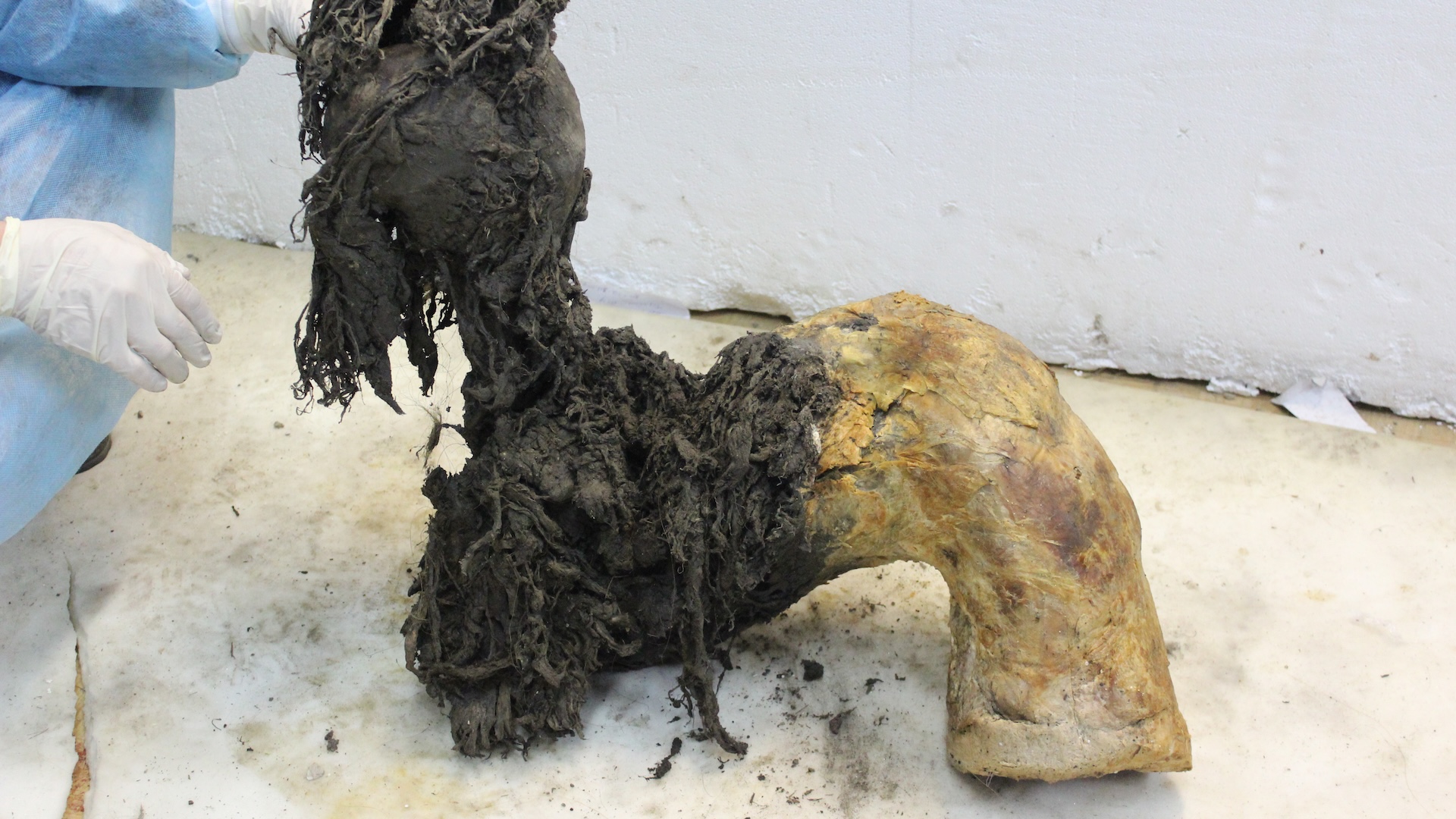Flowers of the Sea: Photos Reveal Beautiful Anemone
Flowers of the Sea
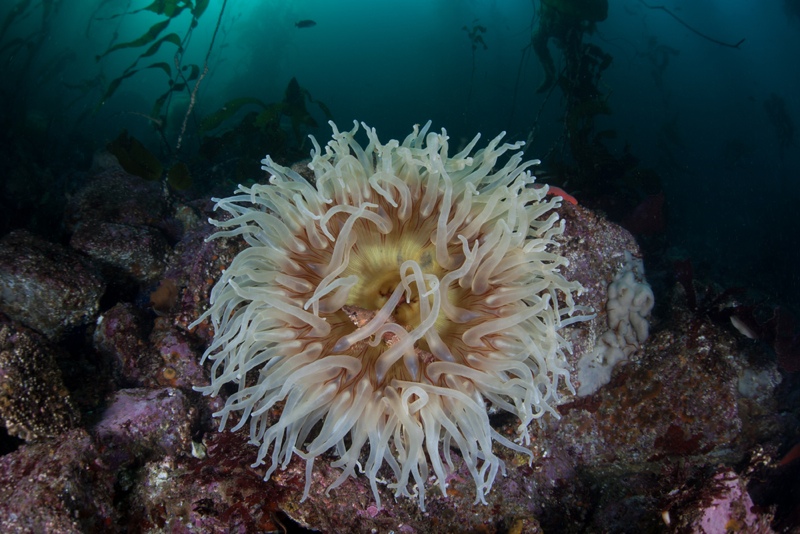
Sea anemones, though considered the flowers of the sea for their gracefully flowing tentacles and array of colors, are not plants at all. The tentacled organisms are meat-eating animals that typically attach themselves to the seafloor or coral reefs. Here, a sea anemone grows on the rocky bottom of a kelp forest off Monterey, California.
Sea anemone come in all sizes, shapes and colors. Here's a look at some of their diversity.
Deadly Undersea Beauty
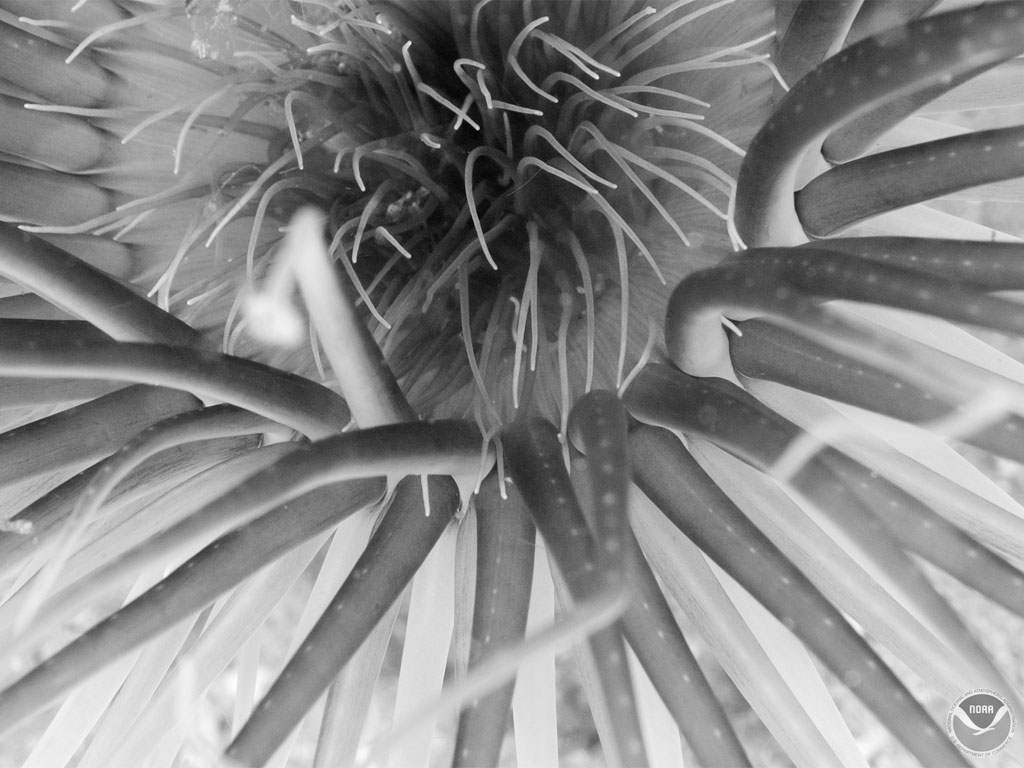
The tendrils of a sea anemone bring to mind the petals of a flower — but these petals bite. Sea anemones are predatory animals. Their tentacles are studded with venomous cells called nematocysts, which release toxins into prey such as fish and crustaceans, paralyzing the victims for easy digestion.
clown anemonefish
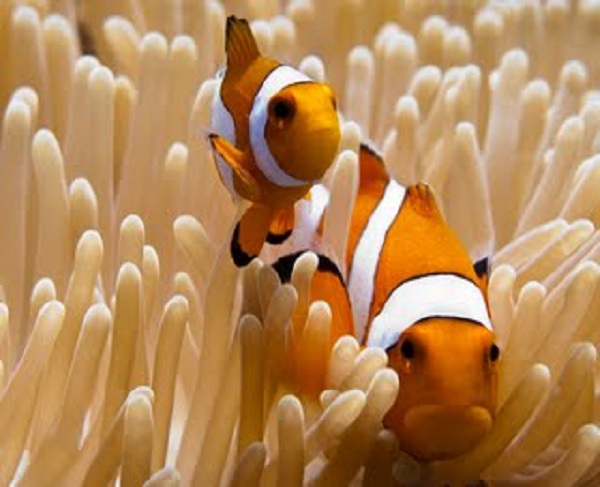
Two orange and white clown anemonefish swim through a bed of tan sea anemone fingers.
Clownfish

Clownfish, made famous in the movie "Finding Nemo," defend and reinforce their social status with by talking, in this case certain pops and clicks, among a bed of sea anemones.
Alien Anemone
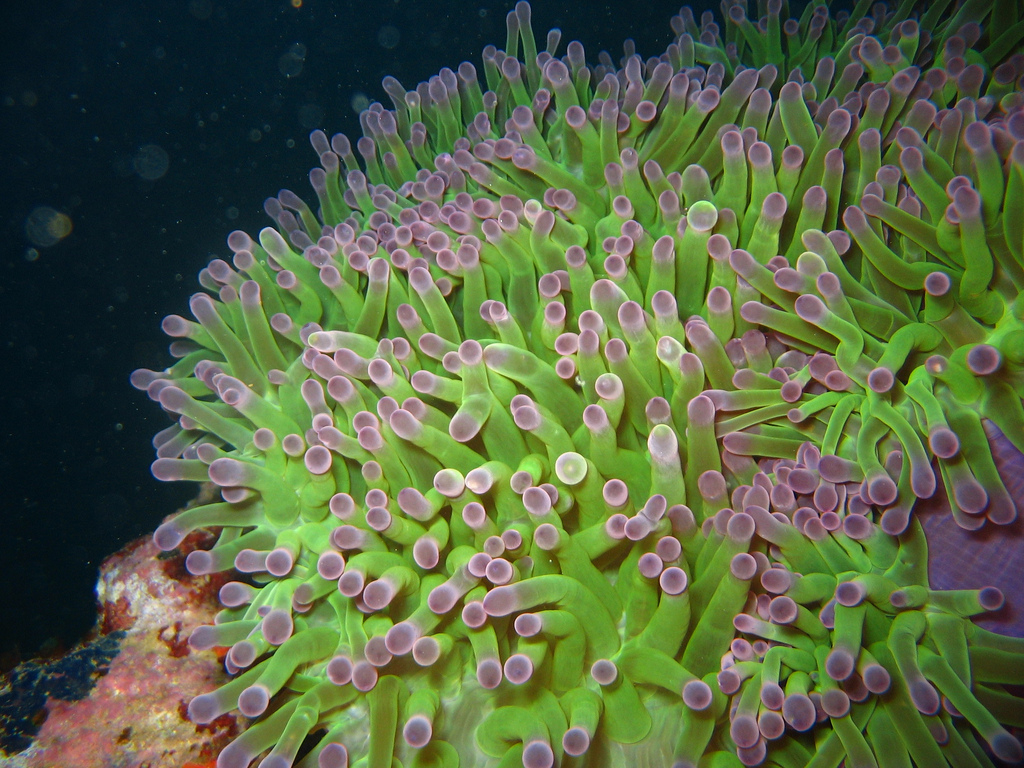
Looking nearly unreal with its green-and-purple color scheme, this anemone decorates the ocean floor near Chuuk, one of the Federated States of Micronesia. Despite the vegetal look, anemones are actually animals that prey on small fish and crustaceans.
Wanna Polyp?
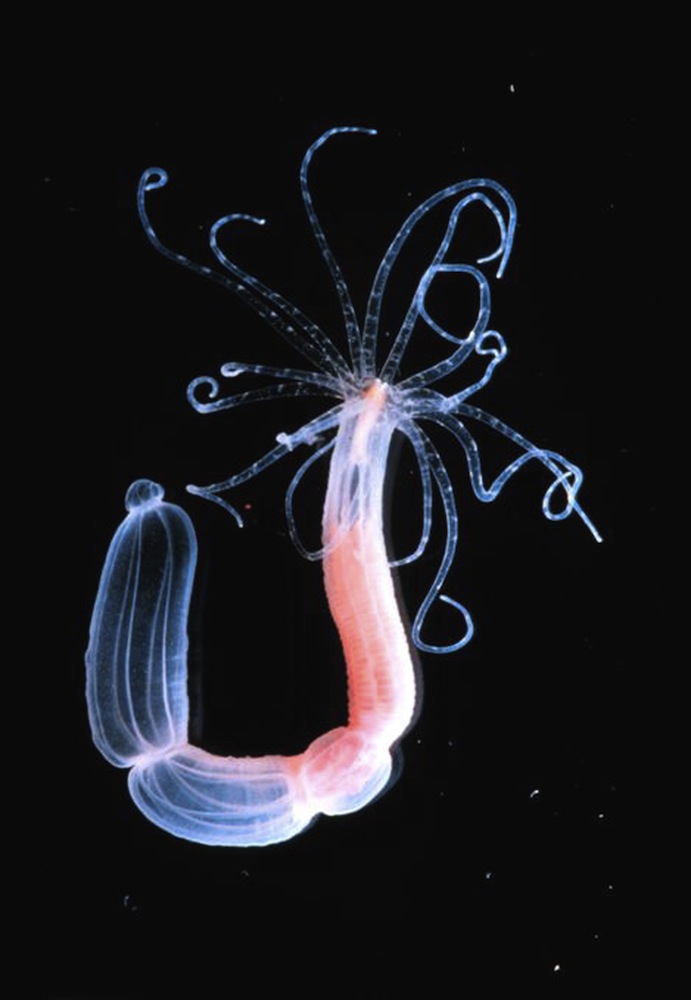
My, how many tentacles you have! This alien-looking creature is known as Nematostella vectensis, or the starlet sea anemone. Like other anemones, starlets start life as free-swimming larvae. They then settle into an appropriately mucky spot on the seafloor and metamorphose into their adult polyp form, seen here. Anemones lack brains, but the section of the larvae containing the sensory organs actually becomes the bulbous root end of the adult, while the other side sprouts delicate tentacles and transforms into a filter-feeding mouth.
Researchers have now found that the "head genes" of N. vectensis, though held in what eventually becomes the animal's "foot," correspond to the head genes found in the actual heads of higher animals. Humans and other brainy beasts share a common, brainless, ancestor with sea anemones that lived 600 million to 700 million years ago. The findings were released Feb. 20, 2013 in the journal PLOS Biology.
Sea anemone

Close-up of the sea-anemone, Aiptasia. Note the symbiotic algae, symbiodinum (the brown dots) in the tissue of the animal tissue.
Get the world’s most fascinating discoveries delivered straight to your inbox.
New sea anemone species lives on ice
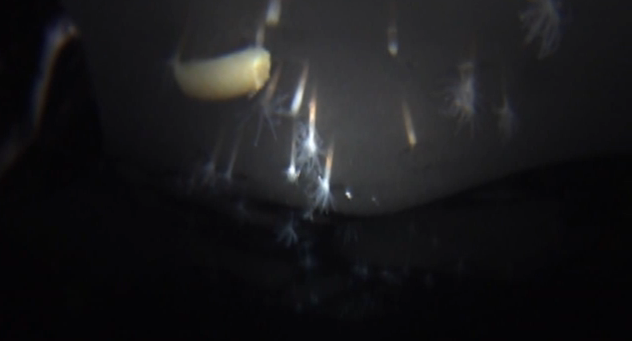
A new species of sea anemone, Edwardsiella andrillae, anchored in the ice at the underside of the Ross Ice Shelf, Antarctica; one anemone has an unidentified organism, nicknamed the "eggroll," holding on to it.
Seeing Purple
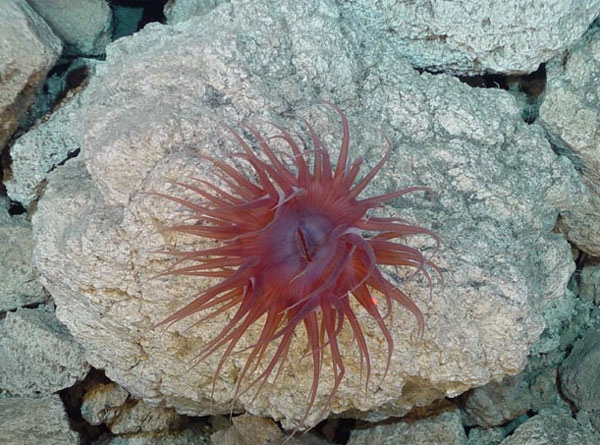
A purple anemone (around 6 inches, or 15 centimeters, across) clings to a pumice rock along the east crater wall of West Rota volcano. Anemones are suspension feeders, capturing zooplankton with their tentacles.
Flytrap Anemone
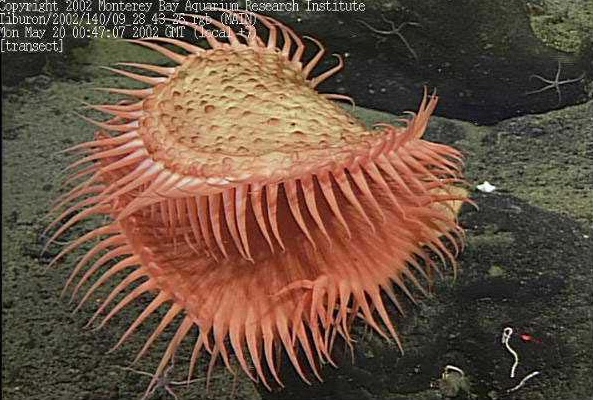
Look out! This flytrap anemone was seen by an exploration team in 2002 at the Davidson Seamount, or undersea island located southwest of Monterey, California; it's one of the largest known seamounts in U.S. waters. The flytrap anemone (Actinoscyphia aurelia), which resembles the Venus flytrap, closes its tentacles to capture prey or to protect itself.

